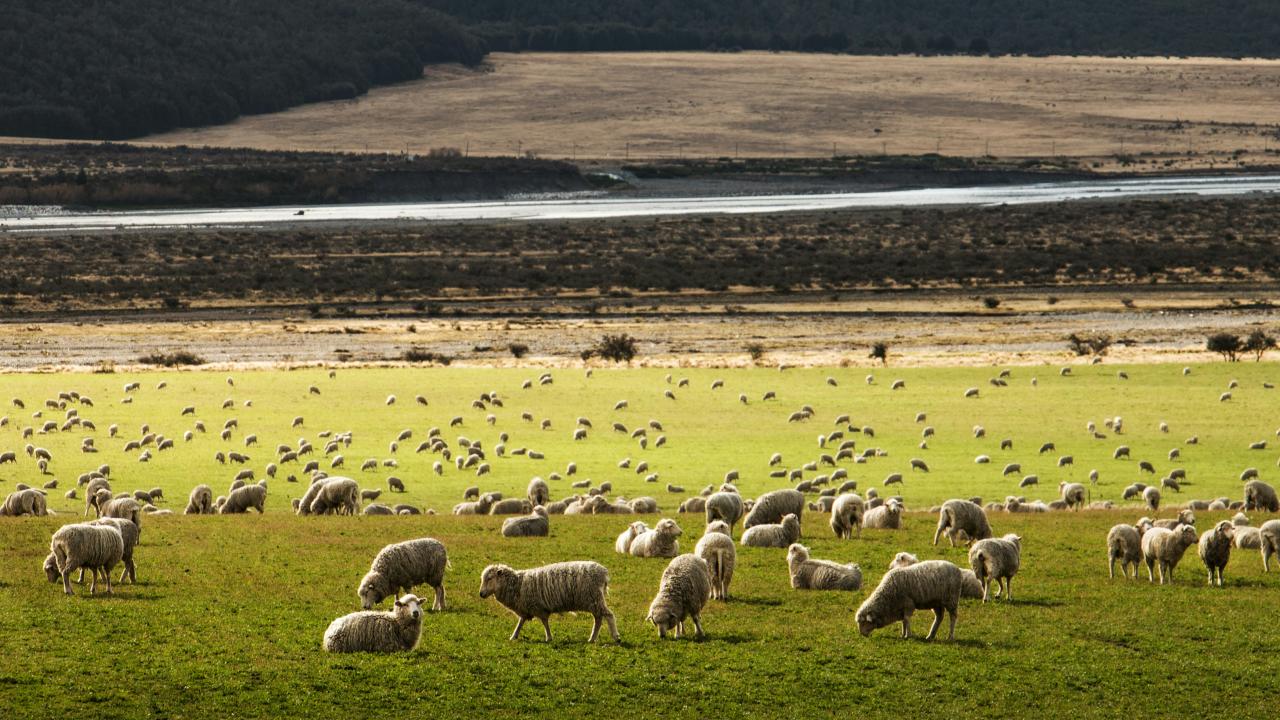Wool report - Busy going nowhere, it's the same old story

RINSE and repeat seems to be the mantra for the wool market at present with no clear signs of change on the immediate horizon.
The Australian wool market again showed very little change overall with a decline of two cents for the AWEX EMI figure this week.
In USD terms the movement was a gain of three cents with a fairly mixed bag of results across the micron spectrum over the selling week.
Superfine Merino segments were generally dearer where quality was acceptable, while medium Merino MPG’s closed down a few cents as lower yielding lots continue to struggle to find a home.
Crossbred wools all closed higher as volumes eased and buyers desperately tried to fill the meagre orders they have.
Carding wools were also dearer, and so were the skirtings.
Across in South Africa the final sale of the season was held and the trade over there now turn their attention to other pursuits until August 20 but at least they can bask in the glory of being world test champions for a day or two.
So, with Fremantle again sitting back next week, New Zealand also out of play until the June 26, the global offering of wool is around only a total of 20,000 bales.
This volume is only enough wool to sustain the top five largest combing mills in China and leaves nothing for anyone else.
Of course, most combing mills do have a buffer of stock to cover a few weeks production and they have all been buying a little more than required over the past few weeks or reducing production in some cases.
Mills which operate on commission-only have in many cases already closed for seasonal maintenance programs, or simply told their workers to take some holidays as the amount of overflow commission work floating around is virtually zero.
The larger mills are increasingly dominating the landscape, as is the case in so many industries.
Their ability to provide credit terms to customers, fund their own inventory and keep operating at efficient turnover volumes all make their product cheaper than the smaller competitors.
There will no doubt be some rationalisation across the industry as a result of this protracted downturn, but that may actually remove some of the excess capacity in the early stage processing sector which would be a good thing in the longer term.
However, these production mills have shown to be incredibly resilient over the past couple of decades and they may emerge phoenix-like when conditions improve.
In previous down cycles though the Chinese government was very supportive of any entity which was providing employment and subsidies or support mechanisms were often provided to keep the business liquid.
These days the silence from Beijing is deafening, so there may be a few permanent casualties this time around.
It is not all negative news on the stimulus front though, despite the lack of uniform orders which are usually helping sustain business volumes at this time of year in China.
The government has issued an edict for State Owned Enterprises to take the lead and increase salaries of their employees.
Similar to the recent wage decision by the Fair Work Commission in Australia this should increase real wages across a huge swathe the Chinese population given that up to 200 million people work for the government in one form or another.
How significant the wage increase will be and, of course, what consumers do with the extra cash will be the interesting thing.
Chinese consumers have a penchant for saving, so it may in fact just go into bank accounts or under the bed, but hopefully a large proportion of it finds its way into the economy.
While a lot of the Merino textile industry is battening down the hatches and trying to hide from the difficult conditions, those at the forefront are busily preparing their new collections for the 26/27 Autumn/ Winter season.
These new collections, released twice a year will seek to inspire customers and also competitors for the year ahead, and will no doubt create a bit of activity when they begin to hit the exhibition halls from July.
The broad trends may have already been established, but there will be some interesting tweaks and interpretations of eco friendly, sustainable and traceability.
Nobody can afford to not have the most important trend covered, so there will be a last-minute change to some col lections as the curtain is raised by the leaders.
Whether this flurry of activity is sustained or actually kick-starts some business from those who have been sitting on the fence is yet unknown, but it may just be the tonic some of the European mills need to fire up.
Spinners and knitters in Europe seem to be taking an inordinate amount of time to approve samples lately, and the slow decision-making process is reverberating back along the pipeline.
With plenty of angst around the globe consumers are understandably reticent to spend on discretionary items.
Things will eventually settle down in the various hot-spots and the media frenzy will move on to the next big thing.
Summer holidays are approaching for the northern hemisphere and it is raining in the south so things are better this week than they were last week.
The supply squeeze will continue to ensure prices do not go down, and with the odd bit of luck we may just see a flurry of activity next month to spice things up a little.




Add new comment